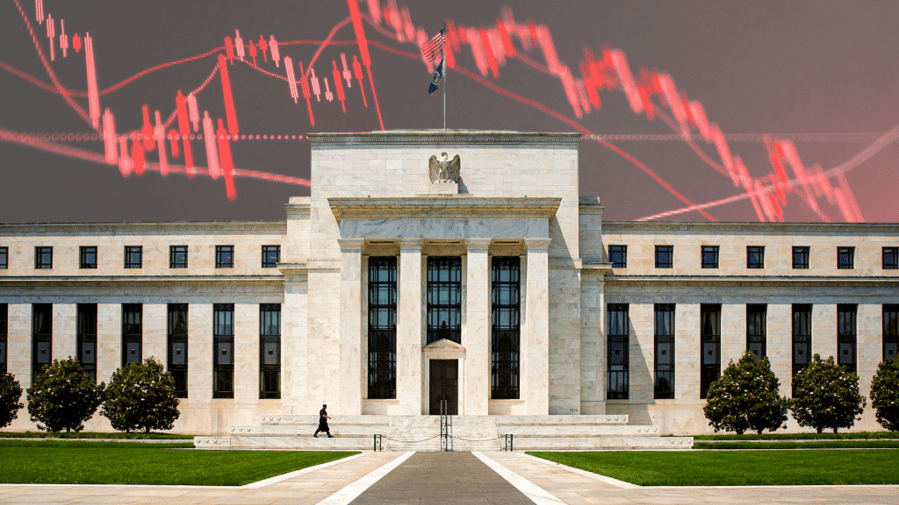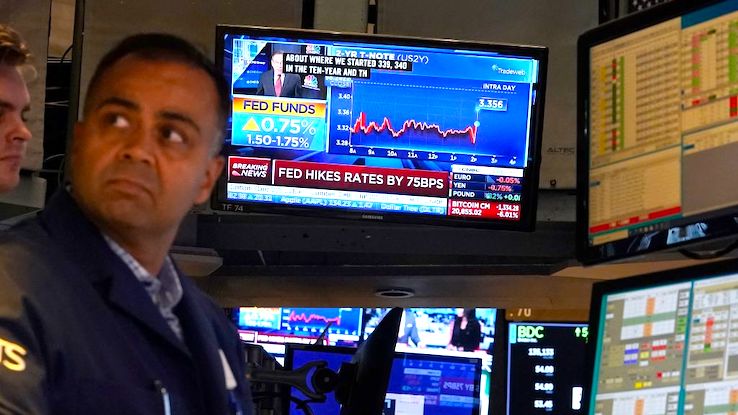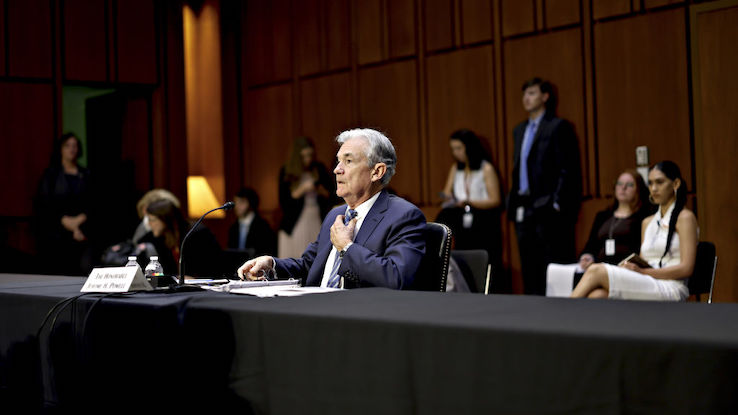What Are Some Common Feeds Fed to Horses

In September 2022, the Federal Reserve raised U.S. interest rates by 0.75%, following an identical rate hike in June of 2022. These have been the most aggressive increase since 1994. The move aimed to stem inflation, which hit 8.3% in August 2022. Inflation numbers for the coming months of 2022 likely won't see much improvement.
In addition to this rate increase, the Fed announced an intention to raise rates again by 0.75% to a terminal rate of 4.6% in 2023. Fed chairman Jerome Powell acknowledged that these rate increases would be felt in painful ways by some American families and businesses. So how exactly will this and coming rate increase affect you? Keep reading to learn more.
The Federal Reserve raised rates in June and August 2022 as a means of combating inflation. It's a standard strategy that governments often use to encourage certain financial positions or movements, stave off recessions and otherwise stabilize their economies.
Prior to March 16, 2022, consumers and businesses benefited from historically low interest rates. These led to affordable mortgages, lower loan interest rates and more competitive rates on other forms of lending.
The main reason for these low rates was to encourage spending and borrowing. When rates are low, new loans and similar products are more affordable to obtain. Additionally, interest rates on savings accounts tend to drop. The decision to lower rates was designed to help the economy recover from the COVID-19 pandemic.
On March 16, 2022, the Federal Reserve announced its first rate hike in over three years. At that time, inflation was becoming an issue in the U.S. economy, so the Federal Reserve increased rates by 25 basis points, which translates to a 0.25% increase.
Another 0.5% increase increase occurred in May 2022. This was tied to growing concerns about inflation, along with increased worries regarding the impact of the Russian invasion of Ukraine and China reintroducing COVID lockdowns in some areas. This was followed by the 0.75% increase in June 2022 as inflation began reaching a 40-year high.
Now, as the impacts of volatile economic forces such as the pandemic and Russian invasion of Ukraine begin to fade, the fact that inflation has not also faded has left some economists to speculate that the source of inflation is more likely the labor market. This means that we should expect ongoing rate hikes to affect things like job growth and unemployment rates.
How Do Interest Rate Increases Impact Inflation?

With inflation remaining an issue, many people wonder how rate increases actually have an impact. Generally, rate hikes are designed to slow demand and reduce spending while encouraging saving. When these changes take place, they create opportunities for economic equilibrium and, hopefully, metered growth.
As mentioned above, borrowing – including everything from mortgages and auto loans to home equity lines of credit and credit cards with adjustable rates – becomes more expensive when rates rise. Lenders use the Federal Reserve rate as part of their interest rate calculations. As a result, when the Federal Reserve rate increases, this trickles down to consumers and businesses.
Rate increases can also lead to more favorable interest rates on savings accounts and similar financial products. That can encourage households to forgo spending in favor of saving, allowing them to capture a benefit from the rising rates.
While the approach can be effective, this time, it's marred by a shift in consumer attitude. Prior to the pandemic, a significant portion of household spending went toward services. Once COVID-19 closures required many service industries to shutter their doors and shelter-in-place orders made staying home mandatory, consumer interest shifted to products.
Today, there are still COVID-related worries impacting the service economy, and it can also take time for consumer sentiments about this industry to shift. As a result, demand for goods isn't declining at the desired rate.
When Is the Next Fed Rate Decision?
The Federal Reserve makes decisions about rates during meetings. The most recent meeting occurred over September 20th and 21st, 2022, a gathering that led to the decision to increase rates by 0.75%. The next scheduled meeting is set to occur over November 1st and 2nd, 2022.
Traditionally, there are eight meetings held throughout the year. However, the Federal Reserve has the ability to meet outside those times should the need arise. This gives its members the ability to act swiftly to address economic concerns.
Will Federal Reserve Rates Go Up in November?
The chance that rates will increase again in November 2022 is high. Inflation remains an issue in the United States, and Federal Reserve members are anticipating approving aggressive rate increases through the end of 2022 and into 2023. However, the precise number won't be clear until the meeting takes place. Statistics regarding inflation rates for August 2022 are key indicators regarding the health of the broader economy, supply and demand challenges, and similar factors the Federal Reserve will consider when making a decision.

Ultimately, the general goal is to achieve an inflation rate near 2%. This supports growth without the challenging impacts higher levels of inflation often carry with them. When inflation runs rampant, wages typically can't keep up. In turn, this stresses household budgets and harms business profitability to the point of hindering operations and leading to other undesirable outcomes, like lost jobs.
Are the Rate Increases Enough, or Is a Recession Still Coming?
Since the announcement of the most recent rate hike, forecasts of recessions, claimed with more certainty, have been abundant. Here are a few things to keep in mind, from Axios writer Felix Salmon, when thinking about whether or not a recession is looming in the future.
Inflation and Recession are Not the Same Things
A recession is defined by two quarters of economic downturn. Right now, we're seeing high levels of inflation alongside rising wages and job growth. Rates of GDP growth continue to be high.
Recessions Aren't Always as Painful as Our Most Memorable Recessions
We all remember the recession brought on by COVID. Most of us remember the crash of 2008, and associate recession with the pain of that event. Some of us remember the recessions of 1975 and 1982. However, very few of us remember the recession of 2000-2001, because it wasn't a terrible crisis.
Not all recessions are as painful as those of our most recent memory, and there's good reason not to panic before the signs actually point to a recession.
Fear of Recession Can Become Self-Fulfilling
If CEOs and companies pause spending and hiring in order to brace for an incoming recession, this will impact GDP growth. Again, this is a reminder to look to hiring trends and household earning trends, not Fed rates, to understand if a recession is occurring.
Some analysts feel that the Federal Reserve acted far later than it should have to stem inflation. While the most restrictive aspects of the pandemic have been over for some time, the Federal Reserve didn't raise rates until inflation began rearing its head.
Still, the United States isn't formally in a recession. Ultimately, whether one will occur isn't fully known, and how that recession will play out if it does happen is even more unpredictable.
Source: https://www.askmoney.com/investing/when-is-next-fed-rate-decision?utm_content=params%3Ao%3D1465803%26ad%3DdirN%26qo%3DserpIndex&ueid=10f6b6d4-05a2-4fbb-8ea8-8fda7be307f0
Post a Comment for "What Are Some Common Feeds Fed to Horses"